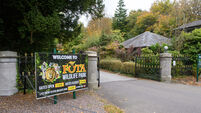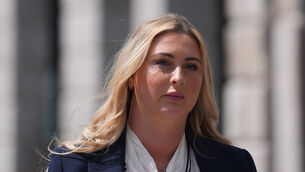Tribunal proved need for Garda reforms
To date, five reports have been made public, while up to another five reports are expected next spring.
But in 2005, by the time some of the most important findings of the tTribunal had been made public in report two, the then minister for justice Michael McDowell announced the most far-reaching reforms of the gardaí ever to take place.













